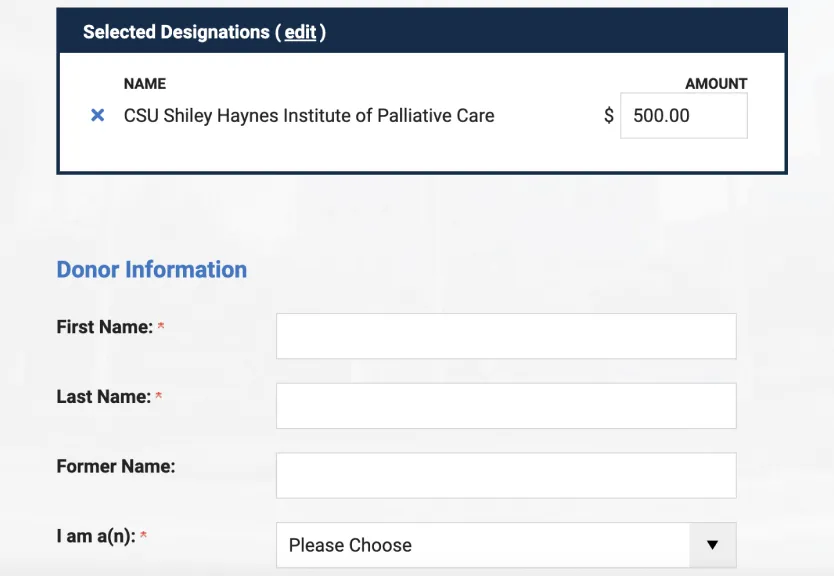Building the Workforce We Need to Care for People with Serious Illness
Healthcare leaders, policy strategists, and other experts gathered recently in Washington D.C. for an all-day workshop on how to address a predicted shortage of healthcare professionals prepared to meet the growing needs of an aging population, many of whom will be living with chronic disease.
The event, “Building the Workforce We Need to Care for People with Serious Illness,” was hosted by the National Academies of Sciences, Engineering and Medicine (NASEM), and drew clinicians, researchers, and advocates in the field of palliative care and beyond.
The roughly 20 speakers included Jennifer Moore Ballentine, MA, Executive Director of the CSU Shiley Institute for Palliative Care; Arif Kamal, MD, MBA, MHS, Professor of Medicine, Duke University; Deborah Trautman, PhD, RN, FAAN, President and CEO, American Association of Colleges of Nursing; and Denise Hess, MDiv, BCC-PCHAC, representing the Association of Professional Chaplains.
Growing Need; Looming Shortage of Workers
The workshop highlighted the reality that, as the population ages, more people are at risk to get life-threatening diseases such as heart disease and cancer. As a result, the need for hospice and palliative care will increase dramatically, far outpacing the anticipated growth of the palliative care workforce.
In 20 years, for example, it’s estimated there will be just one palliative care physician for about 1,400 Medicare patients.
“By 2030, the youngest baby boomers (those born between 1946 and 1964) will be 65 years old, accounting for the highest spending tiers in healthcare that we have ever experienced,” said Michelle M. Washko, PhD, director of the National Center for Health Workforce Analysis for the US Department of Health and Human Services. At the same time, a large percentage of healthcare workers will be nearing retirement, Washko said.
Solutions that could help close the workforce gap include training more palliative care specialists, equipping generalists with basic palliative care skills, strengthening community-based and home health programs, and leveraging the skills of inter-professional teams to care for seniors in long-term care settings, she and other experts said.
Education, Training Is Critical to Closing Gap
Ballentine talked about the diversity of palliative care education offered by universities nationwide, as well as continuing education programs offered by organizations such as the CSU Shiley Institute for Palliative Care. She noted, however, that only a few states have required CE hours for palliative care.
Making such programs viable and ensuring that future and current healthcare professions are getting the knowledge and skills they need requires an investment by all involved, Ballentine said.
“Education is not a frill, it is the bedrock of quality care,” she said. “Healthcare organizations need to prioritize funding for education, so that students can be reimbursed.”
Ballentine highlighted several policy recommendations, including:
- Increasing and standardizing CE/CME requirements for all disciplines across states
- Expanding and standardizing the scope of practice for Advanced Practice Registered Nurses (APRNs) and Physician Assistants (PAs) to fill the gap of the physician shortage, especially in rural areas
- Embedding significant palliative care/serious illness care content into undergraduate curricula for all health professions
- Ensuring that foundations prioritize funding for curriculum development, training programs, and clinical placements with solid outcome expectations
Ballentine also referenced the innovative instructor-led online certificate programs offered by the CSU Shiley Institute for Palliative Care to nurses, social workers, chaplains, and other healthcare professionals who need high-quality, accessible palliative care education.




